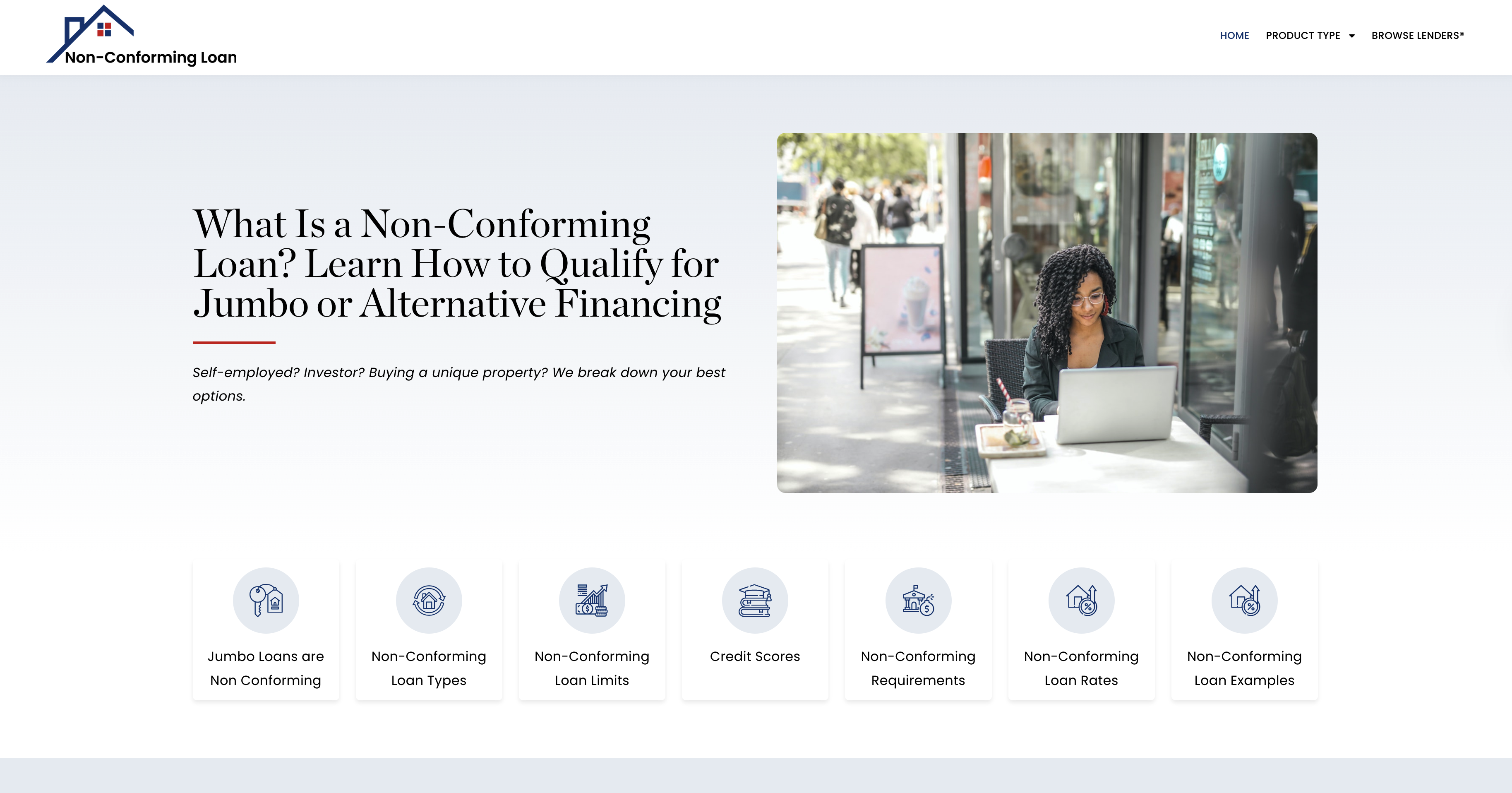Overcoming Adverse Credit: How Middle Credit Score® Helped Rebuild Financial Trust
For many consumers, adverse credit marks like collections, late payments, and charge-offs can feel like permanent barriers to financial progress. This was the case for Mark, a self-employed contractor who faced significant credit challenges after a downturn in his business. His Middle Credit Score® stood at 590, well below the threshold for mortgage approval. Determined to rebuild his credit and qualify for a home loan, Mark embarked on a strategic journey to improve his Middle Credit Score® by over 100 points. This case study details how he overcame adverse credit, reestablished financial trust, and secured a competitive mortgage rate.
Step 1: Assessing the Damage and Setting Goals
The first step for Mark was understanding the full scope of his credit challenges. A review of his credit report revealed:
- Three collections accounts totaling $7,500.
- Two late payments reported in the last 12 months.
- High credit utilization at 65% of his available credit.
With a Middle Credit Score® of 590, Mark set clear, actionable goals:
- Raise his Middle Credit Score® to at least 680.
- Remove or settle all collection accounts.
- Reduce his credit utilization to below 30%.
- Establish positive payment history to rebuild trust with lenders.
Step 2: Addressing Collection Accounts
Mark knew that addressing his collection accounts was crucial to boosting his Middle Credit Score®. He took the following steps:
- Debt Validation: He contacted each collection agency to verify the debt. One of the three accounts was found to be inaccurate and subsequently removed from his report.
- Negotiated Settlements: For the remaining two accounts, he negotiated a Pay for Delete Agreement, agreeing to pay 70% of the total owed if the negative mark was removed upon payment.
- Payment Plan Setup: Mark set up a 6-month payment plan for the largest collection, making consistent payments that were reported positively to the credit bureaus.
These actions resulted in the removal of two collections and the settlement of the third, boosting his Middle Credit Score® by 35 points.
To further support his progress, Mark:
- Sent Debt Satisfaction Letters to the credit bureaus to ensure his accounts were accurately updated.
- Regularly checked his credit report to confirm the removals were reflected accurately.
Step 3: Tackling High Credit Utilization and Late Payments
Next, Mark focused on reducing his credit utilization:
- He applied for a credit limit increase on his two credit cards, which lowered his utilization ratio.
- He used part of his tax refund to pay down $3,000 of his outstanding balance, bringing his utilization to 28%.
- Mark also set a strict budget to prevent additional charges, focusing on living within his means.
For his late payments, Mark:
- Submitted Goodwill Adjustment Letters to his creditors, explaining the temporary business downturn that caused the late payments.
- Demonstrated 12 months of on-time payments as part of his request.
- Provided proof of steady income and business recovery to reinforce his ability to maintain payments moving forward.
After two months of persistence, one of the creditors agreed to remove the late payment from his report, raising his Middle Credit Score® by another 15 points.
Step 4: Building Positive Credit History and Monitoring Progress
To further enhance his credit profile, Mark:
- Opened a secured credit card with a $500 limit, using it strictly for business gas expenses and paying it off each month.
- Enrolled in Experian Boost® to add utility payments to his credit report.
- Added himself as an authorized user on his brother’s credit card, which had a perfect payment history and low utilization.
- Consistently paid more than the minimum balance, accelerating debt reduction.
These steps diversified his credit mix and demonstrated responsible credit behavior, adding an additional 20 points to his Middle Credit Score®.
Additionally, Mark:
- Set up automatic payments to ensure no future missed payments.
- Used a credit monitoring service to track his progress and receive alerts for any new issues.
Outcome: From Adverse Credit to Mortgage Approval
After a focused 12-month effort, Mark’s Middle Credit Score® rose from 590 to 685. He successfully applied for a mortgage with a 4.25% interest rate, much lower than he would have qualified for with his previous score. His persistence and strategic planning not only opened the door to homeownership but also restored his financial credibility.
To further secure his financial stability, Mark:
- Began contributing $100 per month to an emergency savings fund.
- Started a small retirement fund with the savings gained from better credit terms.
- Focused on building equity by making one extra mortgage payment per year, effectively reducing his mortgage term by three years.
Statistics & Real-World Impact
- 95-Point Increase in 12 Months: Mark’s strategic actions significantly boosted his Middle Credit Score®.
- $12,000 Saved in Interest Payments: By qualifying for a lower interest rate, Mark saved thousands over the life of his mortgage.
- Zero Collections Remaining: All negative marks were either removed or settled, allowing him to start fresh.
- Accelerated Equity Building: Extra payments helped him reduce his mortgage timeline, increasing his home equity faster.
- Financial Stability Reestablished: Mark regained the trust of creditors and positioned himself for future opportunities.
Mark’s journey illustrates that even with adverse credit, strategic planning and disciplined action can rebuild financial trust and lead to successful mortgage approval. His experience serves as a guide for others facing similar challenges, proving that with determination, recovery is not only possible—it’s achievable. Through a well-structured plan, Mark not only became a homeowner but also set the foundation for long-term financial growth and stability.






